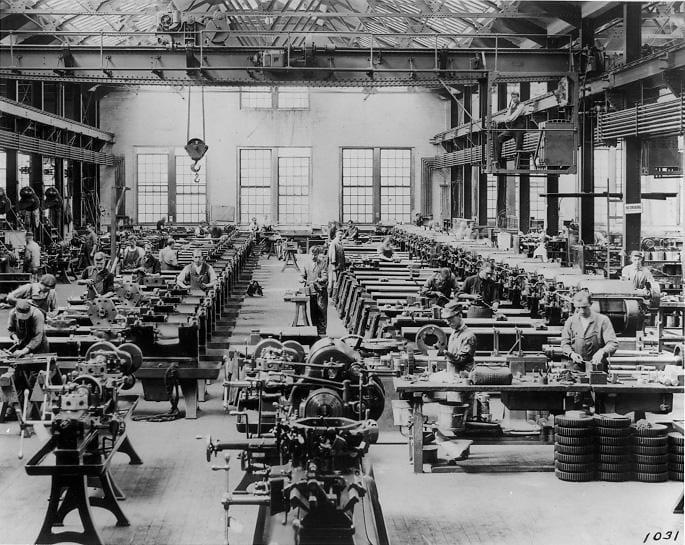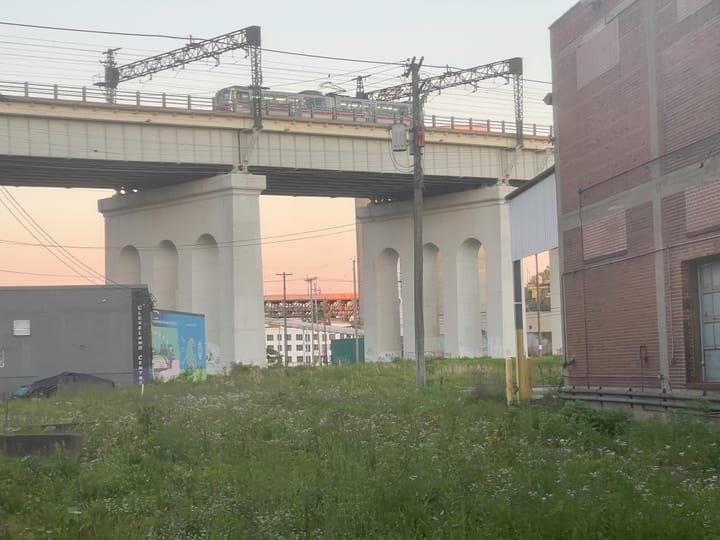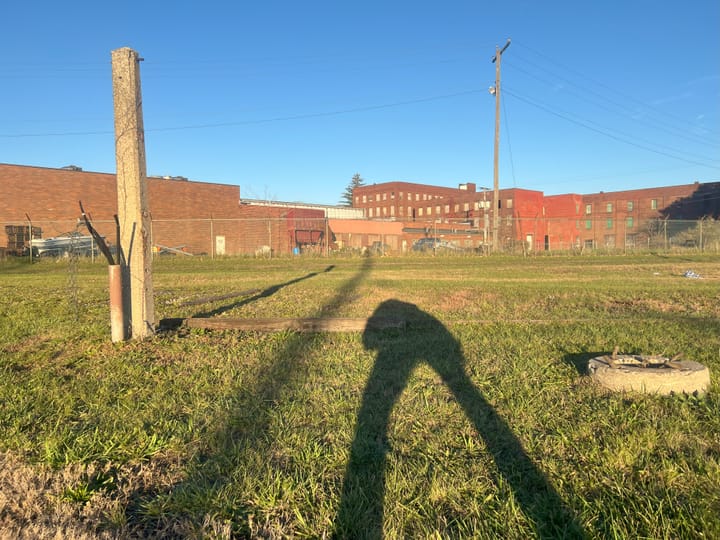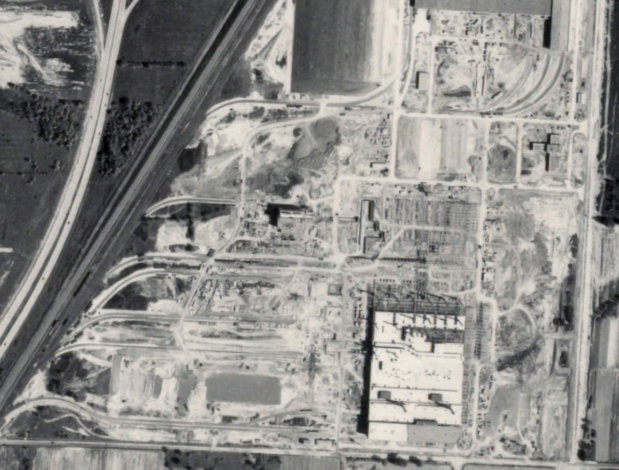Crash Course in American Industrial History via North East Ohio
We are reviewing Northeast Ohio history through the goggles of the industrial corporations that helped build the region and then turned their backs on it. What is the role that these corporations serve? They were major organizations of labor that secondarily benefited the local economy.

We are reviewing Northeast Ohio history through the goggles of the industrial corporations that helped build the region and then turned their backs on it. What is the role that these corporations serve? They were major organizations of labor that secondarily benefited the local economy. The primary beneficiary was the ownership class. The secondary impact helped "attract" development. More people with money means an audience with needs to meet and the means to pay them. Our history will start in the early 20th century pre-WWII.
Prior to WWII, the mode of transportation distribution was very different than modern times. This means the environments that citizens lived did not require every household to own a car. You either lived in a city, or you lived on a farm. My grandparents lived on a farm until they moved to the city to work in the steel industry during WWII. A quick zoom in on Canton Ohio: The Dueber Watch Company is sold and moved to Soviet Russia in 1930. Hercules Motor Company was founded in 1915 and manufactured diesel engines for trucks, tanks, and ships during WWII. During the war Hercules employed ~5,000 Canton citizens but as soon as 1961 they were sold to a Cleveland based Hupp Group. By 1967, Hercules Motor and Hupp were acquired by White Motor Company from Cleveland. Republic Steel and TimkenSteel were a major player in Canton, Cleveland, and Youngstown. Lest we forget Marathon Oil fka The Ohio Oil Company. These companies produced enough economic activity for multiple freight rail lines to run between Massillon-Canton, Youngstown, and Alliance.
Post WWII, the companies that "helped get us through the war" now are well entrenched economically. The automakers (who made military vehicles and tanks), the land developers (banking offshoots of industrialists who had capital) the steel, polymer/rubber industries all were given huge amounts of cash to ensure the ability to maintain the war effort. Once the war ended, these industries had the opportunity to rebuild war-torn Europe. The US was the only nation left with a major industrial base that was untouched from the war. This remained true until the 1970s when an oil and steel crisis triggered a recession. It is interesting that once the St. Lawrence Passageway became available in 1959, we see a retraction in the Ohio industry come the 70s and 80s. This was during a time when America was deep in international power projection. America had just began to outsource jobs and import more finished material/products as the cost of shipping lowered due to Great Lakes newfound ocean access.
TimkenSteel was hit hard in the 80s as they "laid off 2,000 hourly employees in 1982 and 1983 and reduced salaries by 6 percent across the board in 1984. In August 1985, amid continuing layoffs, Joe Toot announced that the company would cut its salaried staff by 500." They had to work with McKinsey and Company consulting during a restructure in the 90s.Youngstown saw their steel mills bought by the American Conglomerate LTV in the 80s, removing leadership from the Mahoning Valley for the first time. Warner and Swasey was owned by Bendix Inc at the start of the 80s when they began closing Cleveland plants. This recession came with the growth of the American conglomerate as capital began to consolidate. The businesses started to feed off the corpses of their former "competitors". Those "competitors" served roles within their community that was disregarded to accumulate assets as cheaply as possible. The companies mentioned here laid off more than 6,000 citizens during the 80s. The issue is that the wealth that came from the acquisition and outsourcing of our industry did not get re-invested in the areas it was extracted from.



Comments ()